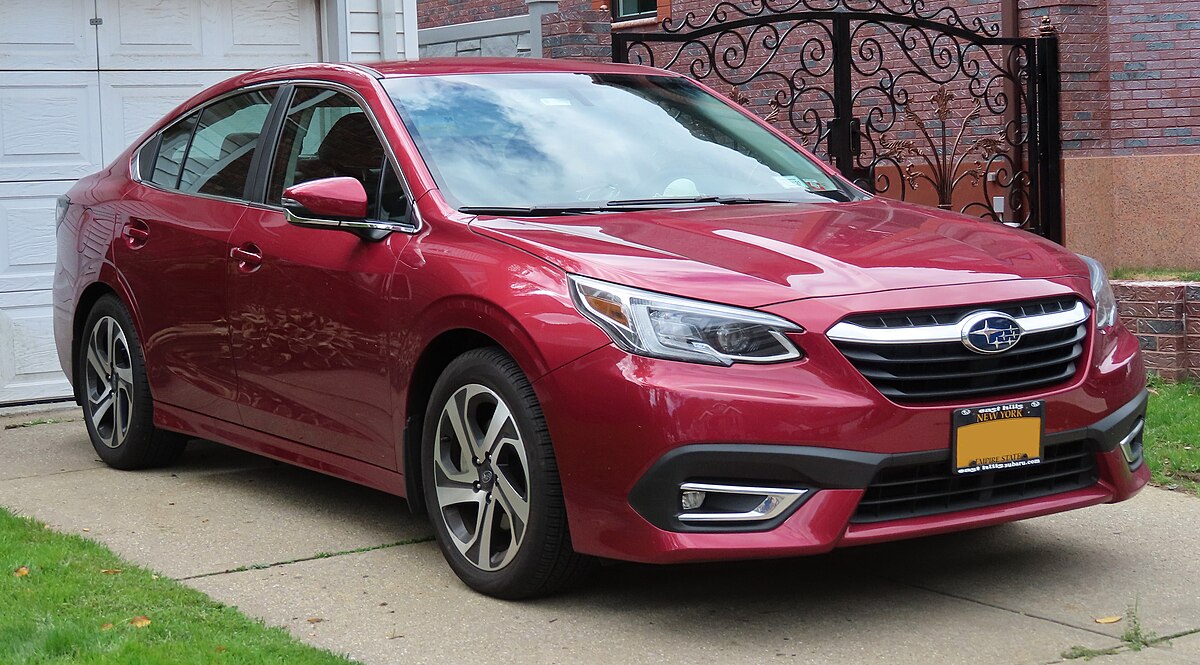When it comes to choosing a sedan, one of the most critical factors that often determines the satisfaction and longevity of the vehicle is its transmission. The transmission acts as the mechanical link between the engine and the wheels, managing how power is delivered and ensuring that gear changes occur smoothly.
A well-functioning transmission contributes to comfortable driving, fuel efficiency, and, importantly, vehicle reliability over many miles. Conversely, transmission issues such as slipping gears or rough shifting can quickly turn an otherwise promising sedan into a costly headache, undermining confidence in the car and potentially leading to expensive repairs or replacements.
For many drivers, the hope is to find a sedan that not only provides a smooth ride in the early years but maintains that quality well past the typical lifespan of most vehicles, commonly over 200,000 miles. Some sedans have earned strong reputations for their transmissions’ ability to perform consistently and reliably at high mileage.
These vehicles offer peace of mind, knowing that their transmission will continue to shift smoothly without slipping, hesitation, or harshness even after years of daily use.
On the other hand, some models develop transmission slipping or related issues alarmingly early, sometimes as soon as 60,000 miles. This early failure can often be traced back to design flaws, manufacturing inconsistencies, or inadequate maintenance requirements, making them less desirable for long-term ownership.
Understanding the differences between these two categories of sedans the reliable, smooth-shifting long-haulers and the ones prone to early transmission slipping is essential for both current owners and prospective buyers.
With vehicles being a major investment, and transmission repairs among the most expensive automotive fixes, choosing a sedan with a proven track record of transmission durability can save a great deal of stress and money.
It can also impact driving enjoyment, since a slipping or malfunctioning transmission tends to cause unpleasant jerks, delayed power delivery, and uncertainty behind the wheel.
In contrast, the article also examines five sedans that commonly experience slipping transmissions by around 60,000 miles. In these cases, slipping often stems from fundamental issues in transmission design, poor calibration of electronic controls, or early wear of internal components like clutch packs and valve bodies.
For owners of these models, slipping transmissions not only reduce driving comfort but also carry a risk of costly repairs at a relatively young vehicle age. Highlighting these sedans helps inform buyers and owners about potential warning signs, maintenance considerations, and the importance of understanding a car’s transmission history before purchase.
The differences between smooth-shifting transmissions that last and those that slip early are often nuanced but critical. Factors such as the type of transmission, whether a traditional torque converter, automatic, a continuously variable transmission (CVT), or a dual-clutch system play a significant role in durability.
Additionally, software calibration, transmission cooling efficiency, quality of materials, and owner maintenance habits all contribute to whether a transmission remains reliable or starts slipping prematurely.
Choosing a sedan based on its transmission reliability involves looking beyond just horsepower and aesthetics. It requires an understanding of mechanical design, real-world owner experiences, and manufacturer track records. By highlighting both ends of the spectrum the dependable and the problematic, this article aims to provide a balanced perspective for anyone interested in long-term vehicle ownership.
Whether you are buying new or used, planning to keep your car for many years, or simply want to avoid unexpected repair bills, the information here will help you make a more informed decision about which sedans deliver smooth, reliable transmission performance and which ones might bring early frustration.
In the sections that follow, detailed profiles of each sedan will offer insight into why certain models continue to shift smoothly beyond 200,000 miles and why others begin slipping by 60,000 miles.
These insights will cover engineering features, known issues, maintenance advice, and common owner experiences, providing a comprehensive look at how transmission performance impacts the reliability and satisfaction of a sedan.
Through this exploration, readers will gain a clearer understanding of how transmission longevity affects everyday driving and the ownership experience over time.
Also Read: 5 Reliable Used Cars Under $10K and 5 That Will Cost You Twice That in Repairs
5 Sedans That Still Shift Smooth at 200K

1. Toyota Camry
The Toyota Camry has long earned its reputation as a paragon of reliability, particularly when it comes to the endurance of its transmission systems. This midsize sedan is well-known for its ability to traverse hundreds of thousands of miles while maintaining smooth and dependable gear changes.
One of the reasons for this longevity is Toyota’s conservative approach to engineering the Camry’s drivetrain components, prioritizing durability over outright performance.
The transmission in the Camry, especially the conventional torque converter automatics found in many trims, benefits from strong, well-tested components and robust hydraulic systems that resist wear even under extensive use.
Moreover, the Camry’s transmission control module is programmed to manage shifts efficiently, reducing unnecessary strain on clutches and gears. This approach, combined with regular transmission fluid changes recommended by the manufacturer, often results in vehicles that can cross the 200,000-mile threshold without significant transmission issues.
A critical factor in the Camry’s transmission longevity is Toyota’s emphasis on quality materials and manufacturing precision. The gearsets, clutch packs, and valve bodies inside the transmission are engineered to operate with minimal friction and withstand heat buildup effectively.
The Camry’s transmission resilience also owes much to Toyota’s comprehensive maintenance recommendations. While the transmission fluid change intervals may seem lengthy, owners who adhere to the schedule and avoid extreme driving conditions often see their transmissions outlive many competitors.
Additionally, Toyota dealerships are known for their efficient diagnostics and repair services, which help catch minor transmission issues early and prevent costly failures. The brand’s reputation for dependability makes the Camry a frequent recommendation among used car buyers who want a smooth-shifting sedan with proven mechanical durability.
Finally, the Toyota Camry’s transmission longevity is supported by its broad appeal to everyday drivers. It is designed for smooth, unobtrusive shifting, creating a comfortable and predictable driving experience that doesn’t rely on aggressive gear changes or sporty calibration.
This approach reduces mechanical wear and tear and ensures that the transmission’s internal components are subjected to moderate stresses throughout the vehicle’s lifespan.
For many drivers, the Camry represents a sensible balance between performance, comfort, and longevity, with a transmission system that can reliably support hundreds of thousands of miles without slipping or harsh shifting.
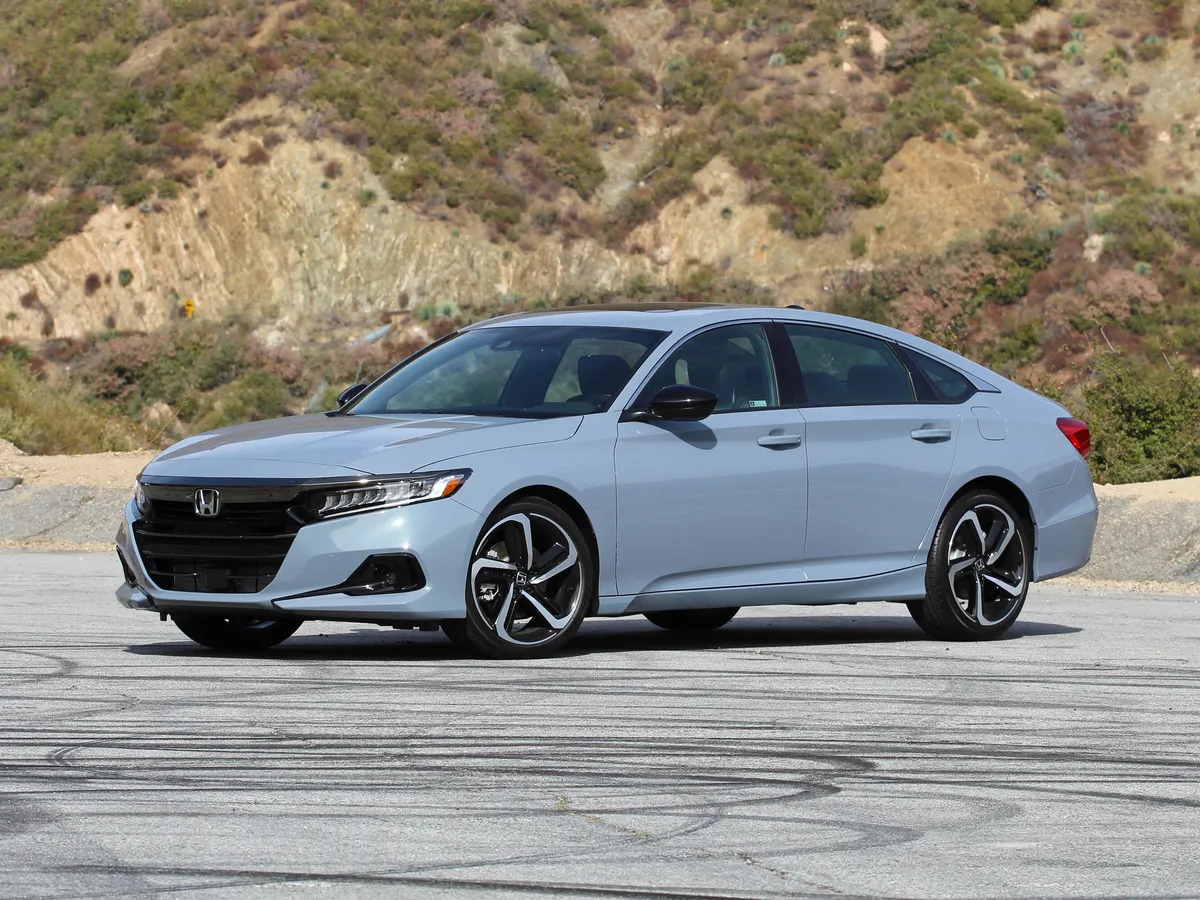
2. Honda Accord
The Honda Accord has been a consistent frontrunner in the midsize sedan market, with its transmission system standing out for its combination of durability and refinement. Known for precise and smooth shifting, the Accord’s transmissions both traditional automatics and continuously variable transmissions (CVTs) have proven their ability to handle high mileage with grace.
The smooth operation is a result of Honda’s meticulous attention to the engineering of internal components, such as clutch packs and torque converters, which are designed to engage firmly and consistently.
In older models equipped with conventional automatics, the transmissions feature reliable hydraulic controls and sturdy mechanical linkages that stand up well to the stresses of everyday driving. More recent models have incorporated advanced CVTs that employ sophisticated control algorithms to reduce belt slippage and deliver seamless acceleration.
The transmission control units (TCUs) in the Accord are noteworthy for their adaptability. These units constantly monitor driving conditions and adjust shift timing and pressure to minimize mechanical wear. This adaptive technology helps prevent issues that typically lead to transmission slipping, such as overheating and abrupt gear engagements.
Many Accord owners report that their vehicles maintain responsive yet gentle shifts even after surpassing the 200,000-mile mark, making it one of the most dependable sedans on the road. Routine maintenance, particularly regular fluid changes and occasional transmission inspections, helps ensure that these transmissions continue to operate without slipping or hesitation.
Beyond its mechanical robustness, the Honda Accord’s transmission has benefited from Honda’s philosophy of constant refinement and quality control. Transmission parts are manufactured to tight tolerances, ensuring smooth interaction between moving components and reducing the risk of premature wear.
The transmissions also feature efficient cooling systems that prevent overheating, a common cause of slipping in other vehicles. These features, combined with Honda’s reputation for engineering precision, contribute to a transmission that is both reliable and enjoyable to drive.
This makes it a popular choice for families, commuters, and anyone seeking a dependable sedan that won’t require costly transmission repairs early in its life. Many Accord owners attest to the fact that even as their vehicles approach or exceed 200,000 miles, the transmission still feels tight, responsive, and free of slipping a testament to Honda’s successful engineering and manufacturing strategies.

3. Lexus ES
The Lexus ES builds on the foundation of Toyota’s Camry platform but elevates the experience with a heightened focus on luxury and refinement, including a transmission that is both durable and exceptionally smooth. Lexus transmissions are well-known for their ability to deliver buttery gear changes with minimal noise or vibration, a critical factor in the luxury sedan market.
Many owners report that even after accumulating more than 200,000 miles, the Lexus ES retains its transmission’s original smoothness, with gear shifts feeling crisp and seamless. This reliability is supported by Lexus’ use of premium materials, advanced manufacturing techniques, and rigorous quality control during assembly.
The ES’s transmission systems incorporate advanced hydraulic circuits and sophisticated electronic controls that finely regulate shift timing and clutch engagement. This precise control reduces the likelihood of slipping by maintaining consistent pressure on clutch packs and preventing premature wear.
Lexus also implements adaptive transmission logic that learns driver behavior and adjusts accordingly, smoothing out shifts to match individual driving styles while protecting the transmission from excessive strain. The combination of these technologies results in a transmission that not only lasts but enhances the luxury driving experience.
Maintenance plays an important role in the longevity of the Lexus ES transmission. Lexus provides detailed service intervals and emphasizes the importance of regular transmission fluid changes, which keep the internal components lubricated and cool.
These measures are crucial in extending the life of the transmission’s complex hydraulic and electronic parts. Additionally, Lexus dealerships typically have access to specialized diagnostic tools that can detect early transmission issues, allowing for proactive repairs that prevent slipping or other problems from developing.
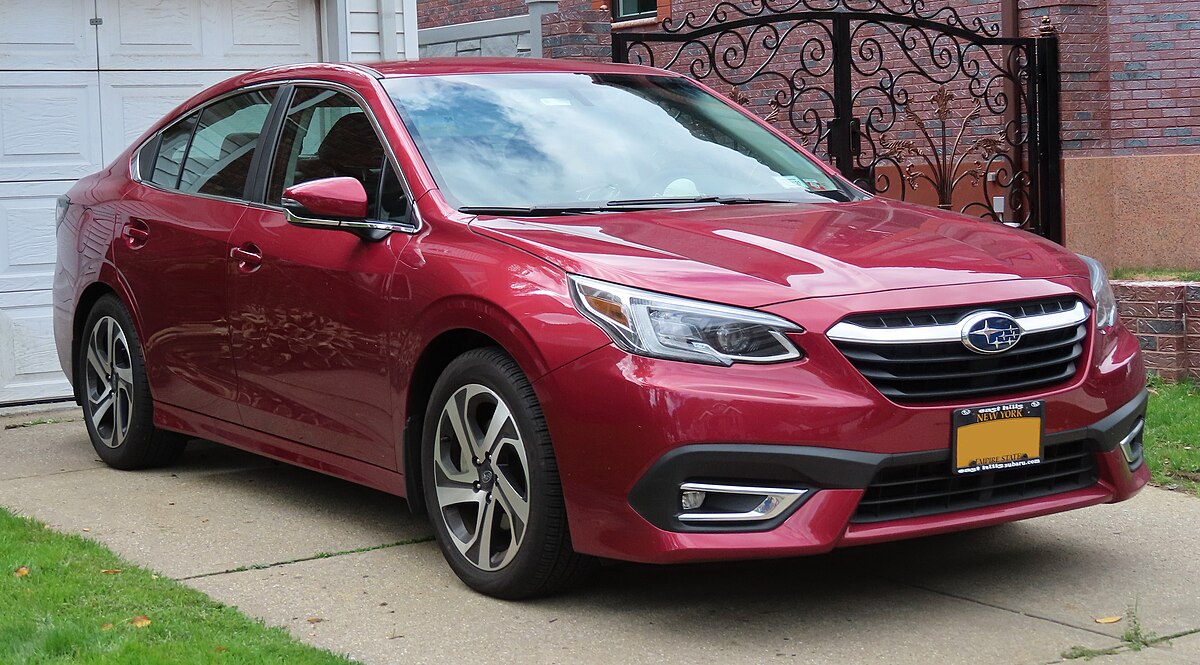
4. Subaru Legacy
The Subaru Legacy is for combining all-wheel-drive capability with reliable transmission performance, making it a standout choice for drivers seeking longevity and all-weather confidence. Subaru employs a mix of traditional automatic transmissions and continuously variable transmissions (CVTs) in the Legacy lineup.
Despite some general skepticism around CVT durability in certain brands, the Legacy’s CVTs have shown a remarkable ability to maintain smooth and consistent shifting even after high mileage. This is partly due to Subaru’s symmetrical all-wheel-drive system, which distributes power evenly and reduces stress on the transmission components.
The Legacy’s transmission is engineered to balance fuel efficiency with responsiveness, delivering shifts that feel natural and uninterrupted. Many owners report smooth gear changes and minimal slipping signs past the 200,000-mile milestone when the vehicle is properly maintained.
The mechanical robustness of the Legacy’s transmission is enhanced by Subaru’s focus on ruggedness. Components such as clutch packs and gear sets are designed to withstand the additional demands of all-wheel drive, including torque transfer to multiple axles and operation in varied weather conditions.
This results in a drivetrain that is tough but still refined enough to deliver a comfortable ride. The Legacy’s transmission control unit also adapts to changing terrain and driver input, helping to prevent slipping by optimizing clutch engagement and shift timing dynamically.
Regular maintenance is essential to ensuring the Legacy’s transmission stays healthy over the long haul. Subaru recommends frequent transmission fluid changes and inspections, especially for CVT-equipped models, which helps maintain fluid cleanliness and viscosity.
Owners who follow these guidelines often report transmissions that remain smooth and slip-free well beyond 200,000 miles, reinforcing the Legacy’s reputation as a durable, reliable sedan with an impressively long-lasting transmission.

5. Hyundai Sonata
Hyundai’s Sonata represents a significant leap in transmission technology and reliability, especially in recent model years. While earlier generations of the Sonata faced some challenges, modern versions have benefited from Hyundai’s investment in advanced transmission design and engineering.
The automatic transmissions used in the Sonata today are praised for their smoothness, durability, and ability to hold up well past the 200,000-mile mark when given proper care. Hyundai has integrated strong internal components, improved software controls, and efficient cooling systems to prevent common issues such as slipping or harsh shifting.
One key element behind the Sonata’s smooth-shifting transmission is the company’s approach to transmission control software. Hyundai uses adaptive learning algorithms that tailor shift timing and clutch pressure based on driving conditions and habits.
This adaptability helps avoid conditions that often cause slipping, such as abrupt load changes or overheating. The transmission itself features durable clutch packs and valves, carefully engineered to distribute hydraulic pressure evenly and prevent excessive wear.
Additionally, Hyundai’s commitment to quality is evident in the Sonata’s robust cooling systems, which keep transmission temperatures in check even during prolonged or demanding driving. This prevents fluid breakdown and component degradation, common culprits in transmission slipping.
Hyundai also emphasizes thorough testing under real-world conditions to ensure that the transmission can withstand the stresses of daily driving and long-term use without failure.
Also Read: 5 Reliable AWD Cars and 5 That Constantly Leak, Grind, or Fail
5 Sedans With Slipping Transmissions by 60K

1. Ford Fusion (2013–2016 Models)
The Ford Fusion, particularly in model years 2013 through 2016, has gained a somewhat notorious reputation for transmission issues cropping up relatively early in its lifespan. Many owners and automotive experts report that the automatic transmissions, especially the six-speed automatic found in these vehicles, tend to develop slipping symptoms as early as 50,000 to 60,000 miles.
This early transmission wear can manifest as delayed engagement, harsh or jerky shifts, and, in worst cases, complete loss of drive. The root causes often lie in a combination of mechanical design flaws, software calibration issues, and sometimes subpar manufacturing tolerances.
One of the primary problems affecting these Fusions is related to the internal clutch packs wearing prematurely. The clutch packs are critical for smooth gear changes, and when they degrade, the transmission can slip, causing the vehicle to hesitate or surge unexpectedly.
Additionally, some owners have noted erratic shifting behavior caused by valve body malfunctions and solenoid failures, which interfere with hydraulic pressure regulation inside the transmission. These hydraulic control issues can prevent the transmission from applying the correct clutch pressures, leading to slip and overheating, which further exacerbate wear.
Ford did release software updates aimed at improving transmission shift quality and mitigating slipping, but these fixes have had mixed success in resolving the underlying mechanical vulnerabilities. Another factor that can worsen transmission slipping in the Fusion is neglecting regular transmission fluid changes or using incorrect fluid types.
Because the Fusion’s transmission is sensitive to fluid condition, a lack of maintenance accelerates clutch pack wear and valve body issues. This means owners who fail to adhere strictly to Ford’s maintenance recommendations are at greater risk for early transmission failure.
Despite these challenges, some owners have managed to extend the life of their Fusion’s transmission by performing frequent transmission fluid and filter changes, as well as using high-quality fluids.
However, given the prevalence of slipping issues and costly repairs (often involving full transmission replacements or rebuilds), the Fusion from this generation is often cited as a cautionary example for prospective buyers who prioritize transmission longevity. The early onset of slipping and shifting problems can significantly detract from the vehicle’s reliability and resale value.
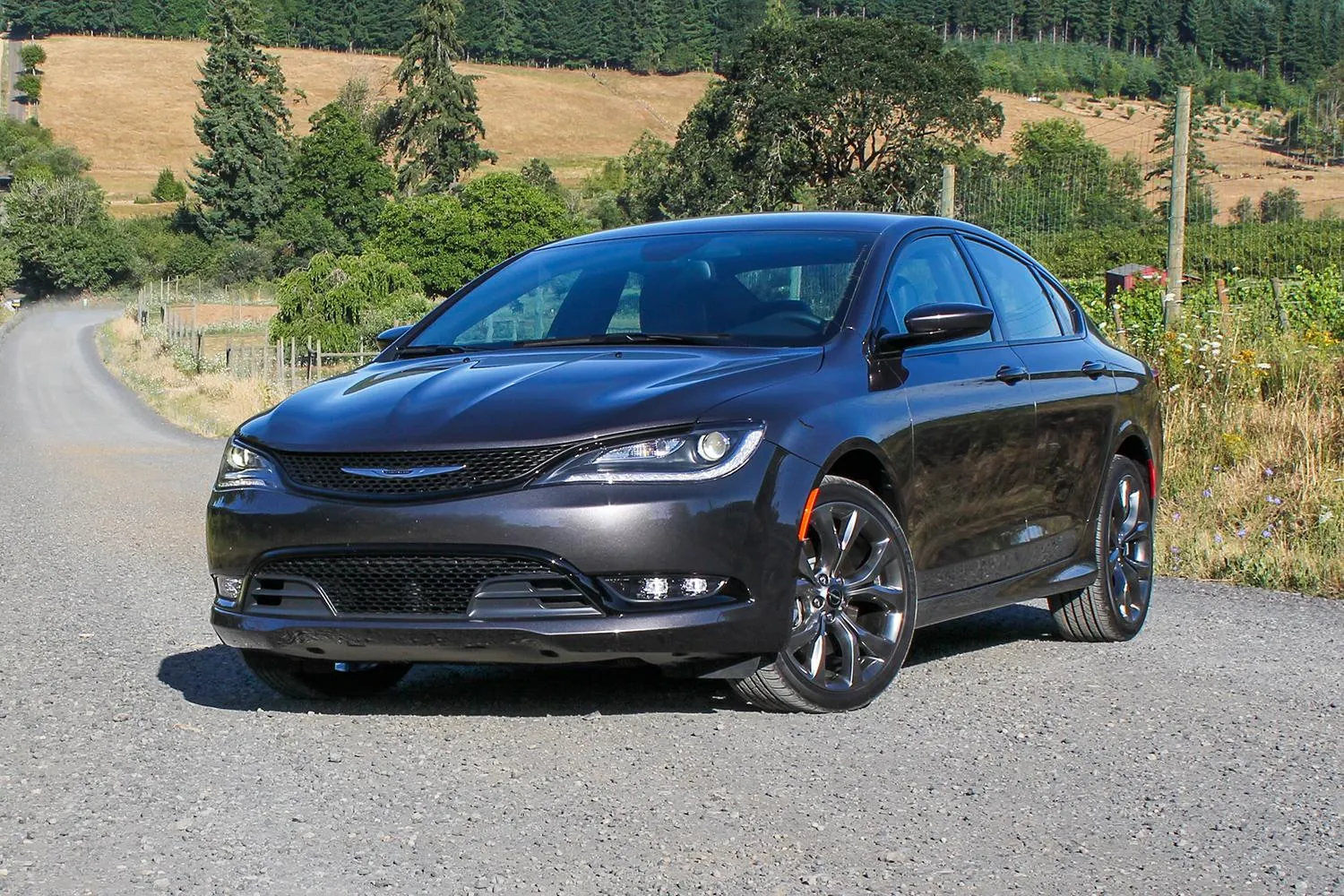
2. Chrysler 200 (2015–2017 Models)
The Chrysler 200, especially in its second-generation models produced between 2015 and 2017, has experienced widespread criticism due to persistent transmission slipping and shifting problems emerging well before the 100,000-mile mark.
A significant factor contributing to the Chrysler 200’s transmission troubles is the complex design of its nine-speed automatic. While the additional gears promised improved fuel efficiency and smoother acceleration, the transmission’s intricate arrangement of clutch packs, planetary gearsets, and electronic controls proved difficult to perfect in early production models.
Owners frequently report that the transmission’s computer struggles to maintain consistent hydraulic pressure, leading to erratic gear engagement and clutch slippage. Furthermore, the software calibration governing shift timing and pressure regulation was initially prone to errors, resulting in frequent jerks and slips under normal driving conditions.
Beyond the mechanical and software challenges, some Chrysler 200 transmissions suffered from manufacturing defects such as faulty solenoids or poor-quality seals, which allowed fluid leaks and contamination.
Fluid degradation compounded by overheating further accelerated clutch wear and valve body deterioration, pushing the transmission toward failure much earlier than expected. Repair costs for these issues often run high, especially when a full transmission rebuild or replacement is necessary, a common outcome reported by owners experiencing slipping past 60,000 miles.
Chrysler did attempt to address these problems through software updates and extended warranties in some cases, but many owners still faced persistent issues that required repeated visits to the dealer. The combination of a problematic transmission design and early slipping symptoms makes the Chrysler 200 a less-than-ideal choice for buyers seeking long-term reliability in a sedan.
Those who do own this model are advised to follow a stringent maintenance routine and watch for early signs of slipping to avoid expensive repairs down the road.
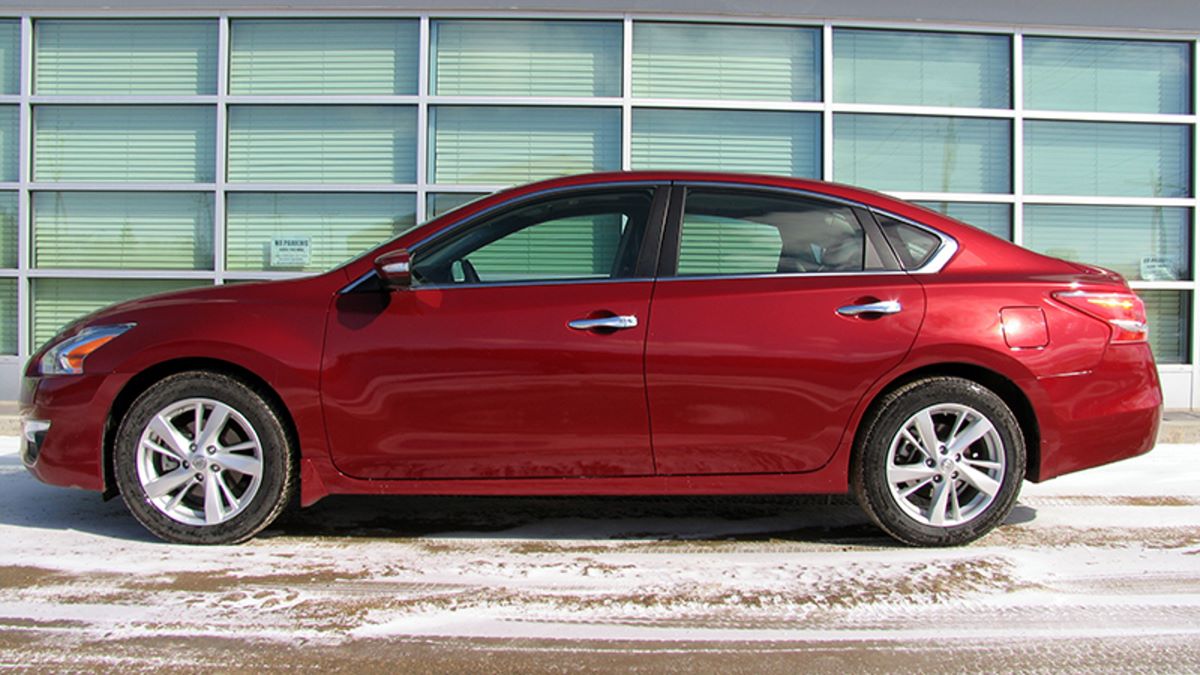
3. Nissan Altima (2013–2018 Models with CVT)
The Nissan Altima, particularly in model years spanning 2013 to 2018, has struggled with transmission reliability, mainly related to its continuously variable transmission (CVT).
Nissan’s CVT is designed for smooth power delivery and improved fuel efficiency, but many drivers have reported transmission slipping and other malfunctions occurring at surprisingly low mileage often near or even below the 60,000-mile mark.
The slipping in these CVTs is usually characterized by a rubber-band feeling during acceleration, hesitation, shuddering, and sometimes complete loss of power to the wheels.
The primary culprit behind the Altima’s CVT issues is the design and material wear of the belt and pulley system. CVTs rely on a steel belt that rides between variable-diameter pulleys to change the gear ratio continuously.
In many Altima CVTs, the belts and pulleys can wear unevenly or suffer from premature degradation, which causes slippage and loss of efficient power transfer. Heat buildup is another major concern, as CVTs tend to generate significant internal heat, and without adequate cooling, this heat accelerates wear on clutch packs and other moving parts inside the transmission.
This software deficiency, coupled with mechanical wear, has led to many owners requiring expensive repairs, including full transmission replacements or rebuilds, often under extended warranty programs.
Despite Nissan’s efforts to improve the reliability of its CVTs in newer models through design enhancements and software updates, many owners of the 2013–2018 Altima face costly repairs due to early transmission failure.
Regular maintenance, including fluid changes with Nissan’s specified CVT fluid, is crucial but often insufficient to completely prevent slipping issues. Consequently, the Altima’s CVT remains a commonly cited example of early transmission slipping and durability concerns in modern sedans.
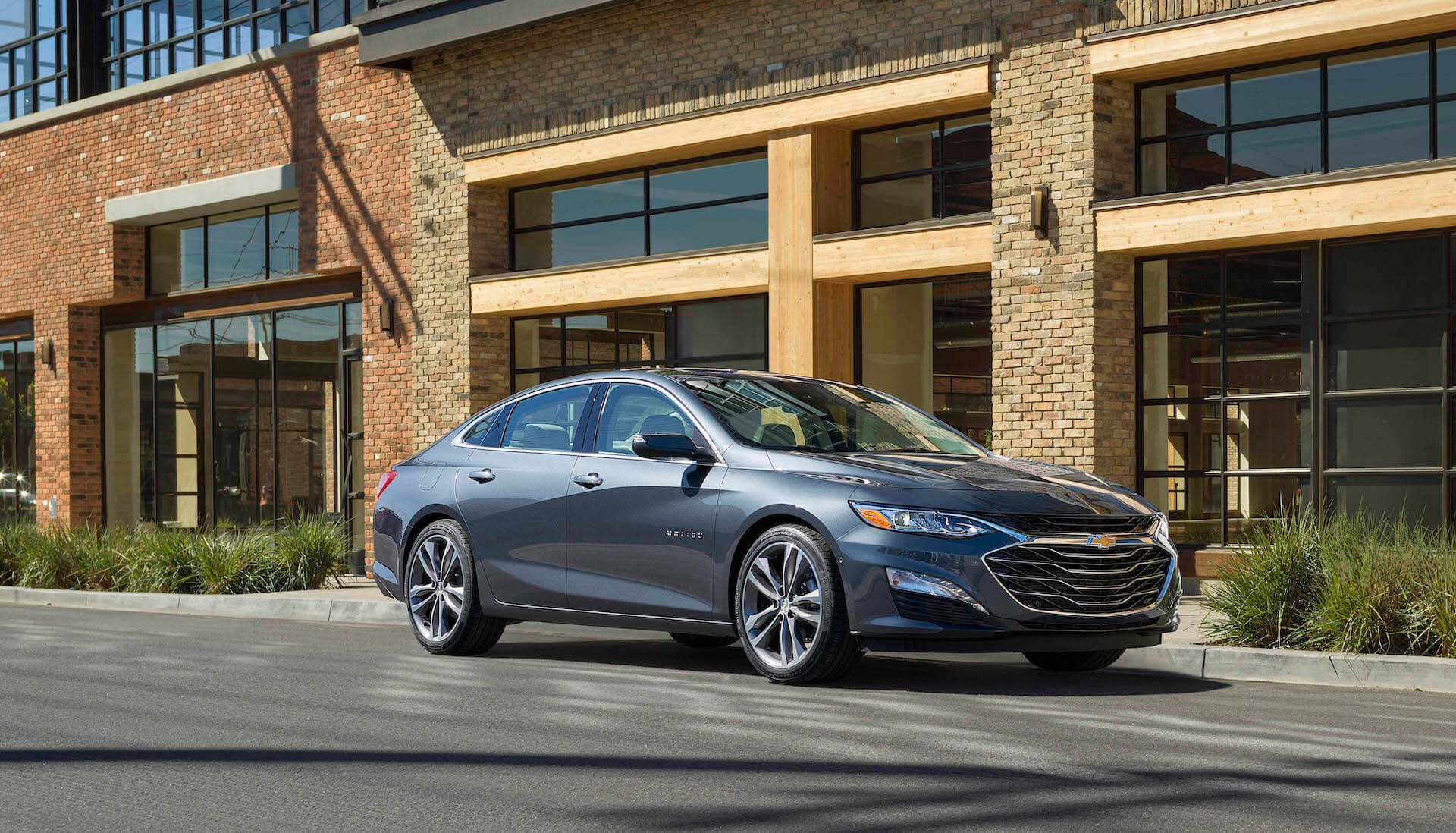
4. Chevrolet Malibu (2013–2015 Models)
The Chevrolet Malibu models from 2013 to 2015 have been widely reported to suffer from premature transmission slipping and shifting difficulties, often appearing by the time the odometer hits 50,000 to 60,000 miles.
This problem is primarily linked to the six-speed automatic transmission installed in many of these vehicles, which has faced criticism for inconsistent shift quality, jerky transitions, and clutch wear.
The slipping is frequently described by drivers as a sensation of the engine revving without a corresponding increase in speed, which can make acceleration unpredictable and sometimes unsafe.
A major source of the Malibu’s transmission troubles is related to the internal clutch packs and valve body assembly. The valve body controls hydraulic pressure inside the transmission, dictating when and how clutches engage to shift gears.
Manufacturing defects, poor sealing, and valve body malfunctions have caused irregular pressure delivery, resulting in incomplete clutch engagement and slipping. These issues often lead to overheating and fluid contamination, which only worsen the slipping problem. Additionally, the six-speed transmission’s torque converter has occasionally been cited as a contributor to rough shifting and loss of drive when it malfunctions.
Chevrolet issued technical service bulletins and extended warranties to address these issues, but many owners still reported recurring problems despite repairs. Some repairs required costly transmission rebuilds or replacements, which posed a significant financial burden for affected drivers.
Maintenance lapses, such as neglecting fluid changes or using incorrect transmission fluid, further increased the risk of slipping. For these reasons, the Malibu from this period is often viewed as less reliable compared to competitors that feature transmissions with a proven track record of durability.

5. Volkswagen Passat (2012–2015 Models with DSG Transmission)
Volkswagen Passats produced between 2012 and 2015, equipped with the Direct-Shift Gearbox (DSG), have encountered transmission slipping and shifting problems well before reaching 60,000 miles.
The DSG is a dual-clutch automatic transmission designed to deliver quick, smooth shifts and improved fuel economy by pre-selecting gears. However, early models of the Passat’s DSG suffered from mechanical and software issues that frequently led to clutch pack wear, slipping, and erratic shift behavior.
The dual-clutch design uses two separate clutches to engage odd and even gears alternately, allowing for faster shifts than traditional automatics. However, this system relies heavily on precise hydraulic pressure and sophisticated electronic controls to function correctly.
In the Passat, problems with clutch pack friction materials wearing too quickly caused slipping between gear changes, resulting in hesitation, shuddering, and jerks. Faulty mechatronics units which combine mechanical and electronic components responsible for shifting also contributed to these issues by failing to regulate clutch engagement properly.
Additionally, software glitches in the transmission control module led to irregular shift timing and pressure management, exacerbating clutch wear and slipping.
Volkswagen issued multiple recalls and software updates to address some of these concerns, but many owners still experienced persistent problems. Maintenance of the DSG transmission requires specialized knowledge and fluid changes at specific intervals; failure to follow these procedures can accelerate wear and slipping.

